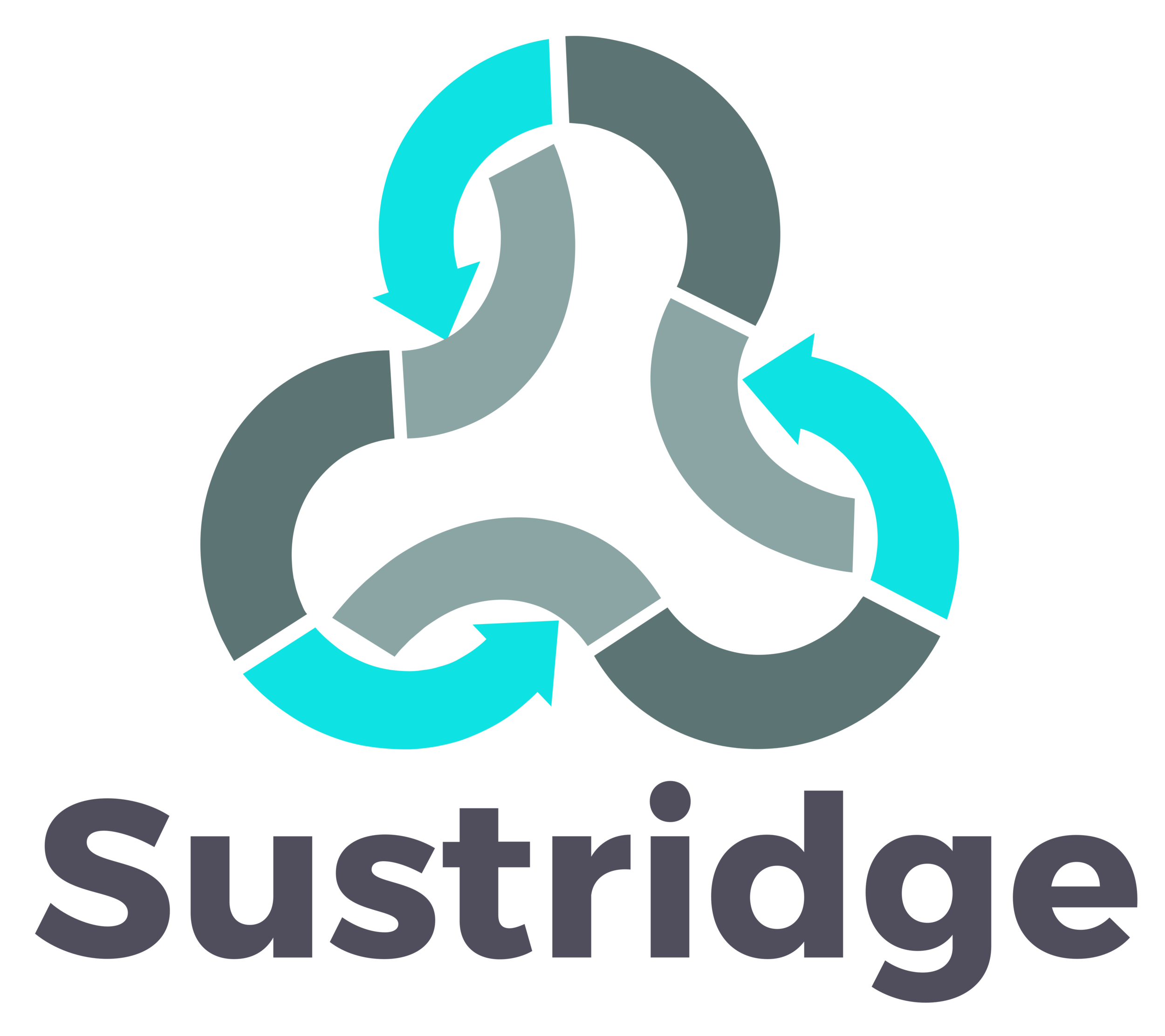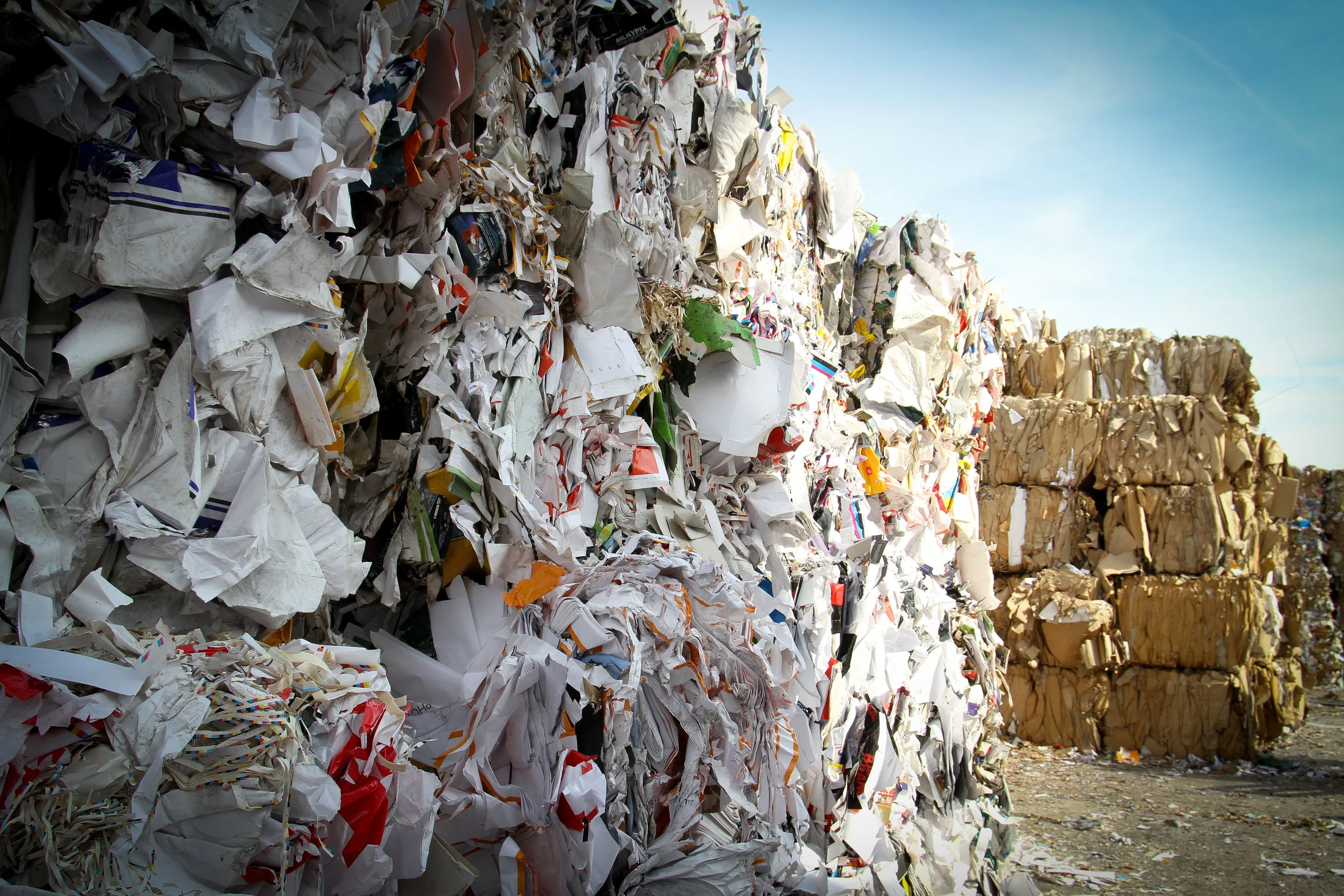We Shouldn’t Be Burning Recyclable Materials In Hawaii
I think we should all be a bit troubled by some of the responses from the findings in the recent report, Audit of the City’s Recycling Program, and, specifically, the article published by Civil Beat last week entitled: “Audit: Honolulu Could Save Millions by Burning Recyclables for Energy.”
The audit recommends that the City and County begin sending recyclable materials to H-Power to be burned for energy. Why would anyone recommend such a thing? Because the city is currently in a bad contract with H-Power, where they are required to send a minimum amount of material to the waste-to-energy plant or they must pay fees.
This problem is coupled with a declining market for recycled materials and an increase in costs to manage the city’s recycling program. The city has not met H-Power’s minimum waste requirements once since 2013, when they agreed to send at least 800,000 tons of waste per year, so the solution being discussed is to start throwing away our recyclable materials along with our trash to meet that minimum threshold and avoid the fees and recycling costs.
I couldn’t think of a worse idea, and Hawaii would be taking an enormous step backwards in their sustainability efforts if this were to happen. As a state that gained global recognition for its commitment to 100 percent renewable energy, Hawaii cannot take this action and become one of the most unsustainable resource managers in the U.S.
The findings of this audit shouldn’t lead to quick knee jerk reactions about the easiest way for the city to save some money, especially when it comes at the cost of the environment. Instead, the findings of this audit should make us think deeply about how we manage our resources, and bring us together to work towards innovative solutions for a clean and circular economy.
First, we need to understand the implications of sending waste and recycled materials to H-Power to be burned. People may think that sending our waste to H-Power is a good thing because we are preventing that waste from going to the landfill. While we are saving some material from ending up in the landfill, the Audit Report states that roughly 40 percent of that material burned at H-Power still ends up in the landfill as residue and ash.
If we begin sending recyclable materials to H-Power, not only will 40 percent of that material end up in the landfill, but we are taking 100 percent of those materials out of the resource loop in our economy when they could be used again to make new products. This will require us to extract more raw materials to make those new products, which could have been made from recycled material.
We are living in a finite world, meaning our natural resources are not unlimited. We have a global population that the United Nations expects to reach 9.7 billion by 2050, and natural resources that are being depleted every year. We must make sure we are managing our resources in a sustainable way and considering the lives of future generations.
Burning materials that could be used again is backwards thinking and not the way for Hawaii to lead. According to the Kokua Hawaii Foundation, incineration is one of the most expensive and toxic forms of waste management, and recycling programs on island provide significantly more jobs and support more local businesses than incineration does.
The findings of this audit should be a catalyst for innovation, and encouragement for the City of Honolulu to take its next step in sustainable resource management. There are a number of options that need to be explored before making a horrendous decision such as burning recyclable materials.
Source Reduction
Source reduction needs to be the first option explored. Source reduction means we eliminate the waste before it is created, by thinking strategically about the materials we purchase and use. Hawaii’s plastic bag ban is a good example of source reduction. This eliminated many plastic bags that end up as trash, and promoted the use of reusable bags instead.
Where else can we eliminate unneeded products and materials?
Sustainable Procurement Policy
Honolulu should develop a sustainable procurement policy and lead by example for the rest of the businesses, schools and residents in state. A sustainable procurement policy is a policy that would require agencies and departments of the City and County to reduce their waste and their environmental impact through their purchasing practices.
Some aspects of a sustainable procurement policy might include purchasing durable, reusable, compostable or recyclable products so that waste is minimized, or purchasing products made with a certain percentage of recycled content. The True Zero Waste certification program from the Green Building Certification Institute provides a great roadmap for addressing waste in supply chains.
Promote Sustainable Start-Ups
The State of Hawaii could really benefit from new businesses that process recycled material on island, and make new products from this material that are sold and used in Hawaii. How many Styrofoam plate lunch containers are used and thrown away every day in Hawaii? How many other products could be replaced by substitutions made from 100 percent recycled material right here in Hawaii?
A grant program specifically for sustainable businesses could help these start-ups cover the high costs of running a business in Hawaii.
Demand Recycled Material Products
The market price for recycled materials right now might be low, but markets change, and these prices could go back up. What will help these prices go back up is increased consumer demand for products made with recycled materials. We all need to advocate and be vocal by asking the companies we purchase from and the stores we visit for products and packaging made with recycled material.
Restructure the H-Power Contract
The City and County should not be required to pay fees for sending less waste to H-Power. This means that Honolulu is actually incentivized to create and burn more waste. If we cannot eliminate this aspect of the contract, then it at least needs to be adjusted to a lower requirement.
The city has fallen short in the agreed upon minimum of 800,000 tons every year since the agreement was made in 2013. This has led to $6.2 million in fees for the city.
The complex waste issues in Hawaii will require complex and thoughtful solutions. What we must not do is take the easy way out to save a few bucks at the cost of the environment. This is Hawaii’s opportunity to continue to lead and be a model for what a sustainable society looks like.

